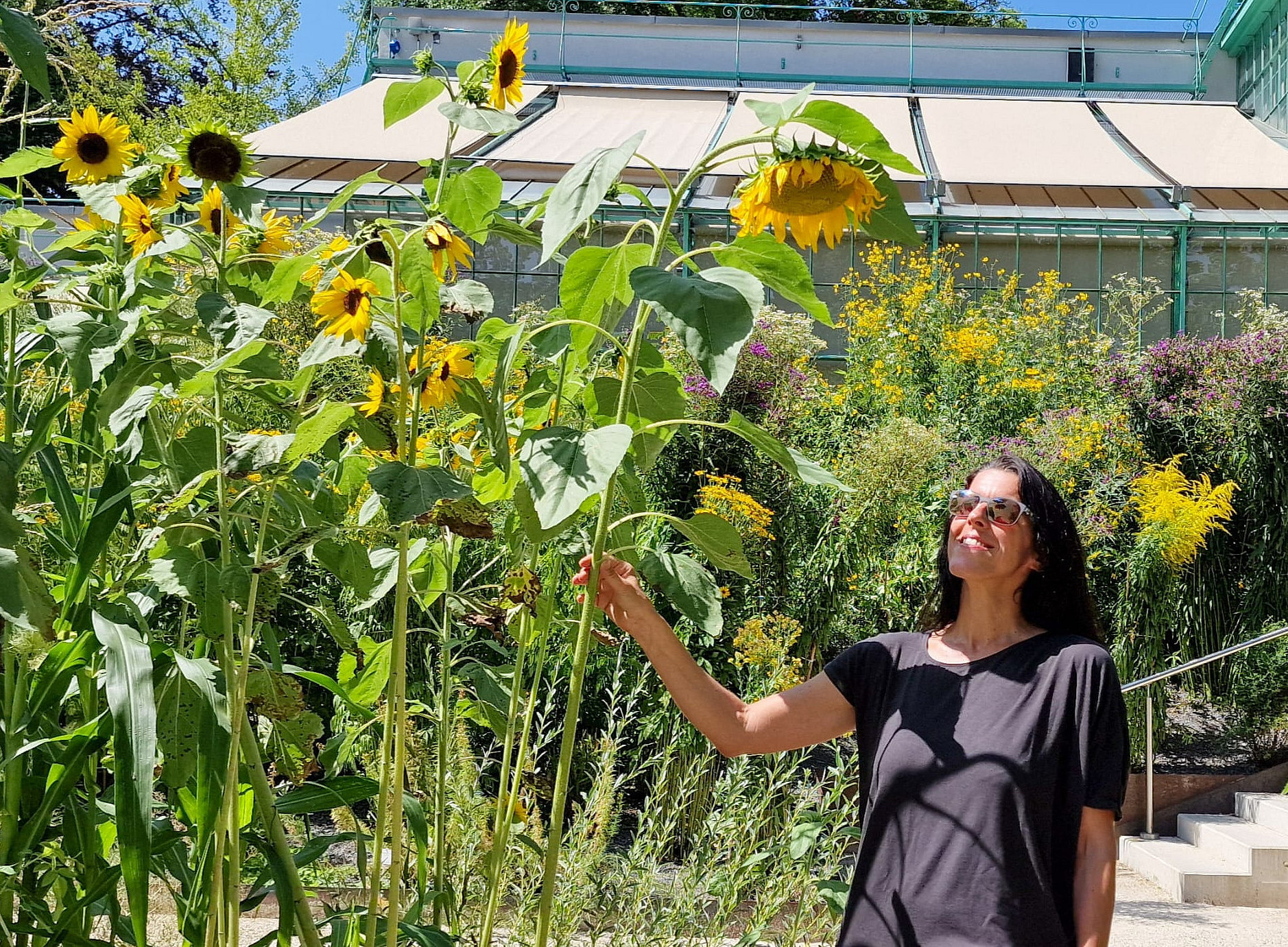We put up a parasol. The silver lime tree (Tilia platyphyllos), on the other hand, turns the silvery hairs on the underside of its leaves upwards as soon as the sunlight becomes too strong for the tree. In addition, a strong "hairiness" can reflect light and thus protect the sensitive cells, says Ulli Grube from the Botanical Garden at the University of Graz: "This is clearly visible on the mullein (Verbascum sp.), which is considered a typical sun plant."
Hairs can also help to reduce evaporation and thus the plant's water loss, as numerous alpine plants prove. It also helps if the silverroot (Dryas octopetala), for example, reduces leaf areas. Succulent plants, i.e. those with water storage tissues, are particularly good at this strategy and are masters at adapting to drought.
Sunburn in plants
"Even plants can get sunburnt," says Grube. This can be seen, for example, in brown spots on the leaves. Grube reports on another green phenomenon: "If too much photosynthesis is carried out, reactive oxygen compounds are produced that can damage the light systems of the leaf cells. The plant can very quickly dissipate excess energy in the form of heat."
Other plants, on the other hand, turn towards the sun in a daily rhythm: the best-known example is the sunflower (Helianthus annuus). "However, only young plants do this in order to use the maximum amount of light for their growth," explains Ulli Grube.
Flora from the Mediterranean region
Jonathan Wilfling, Technical Manager at the Botanic Garden, confirms that the current heat and climate change are causing the plants problems. The trees have been watered for three years now. "Beech trees in particular are suffering from the high temperatures," explains Wilfling. The greenhouses are also becoming increasingly hot. In response to the climate change, attempts are currently being made to introduce more flora from south-eastern Europe and the Mediterranean in the open air. Wilfling: "The Botanic Garden's arboretum will certainly look different in 50 years' time than it does today, as the life expectancy of trees in the city is decreasing."
